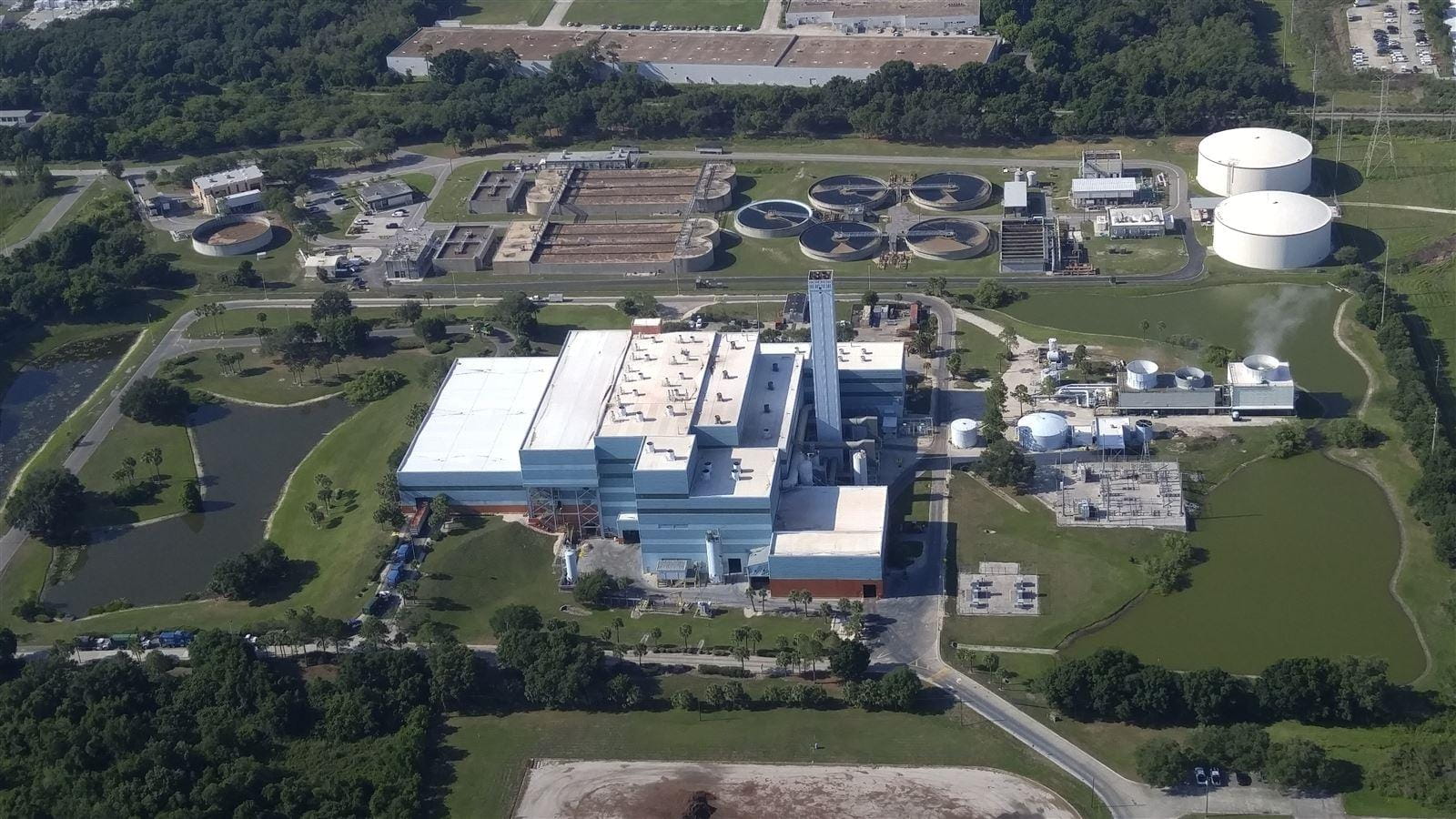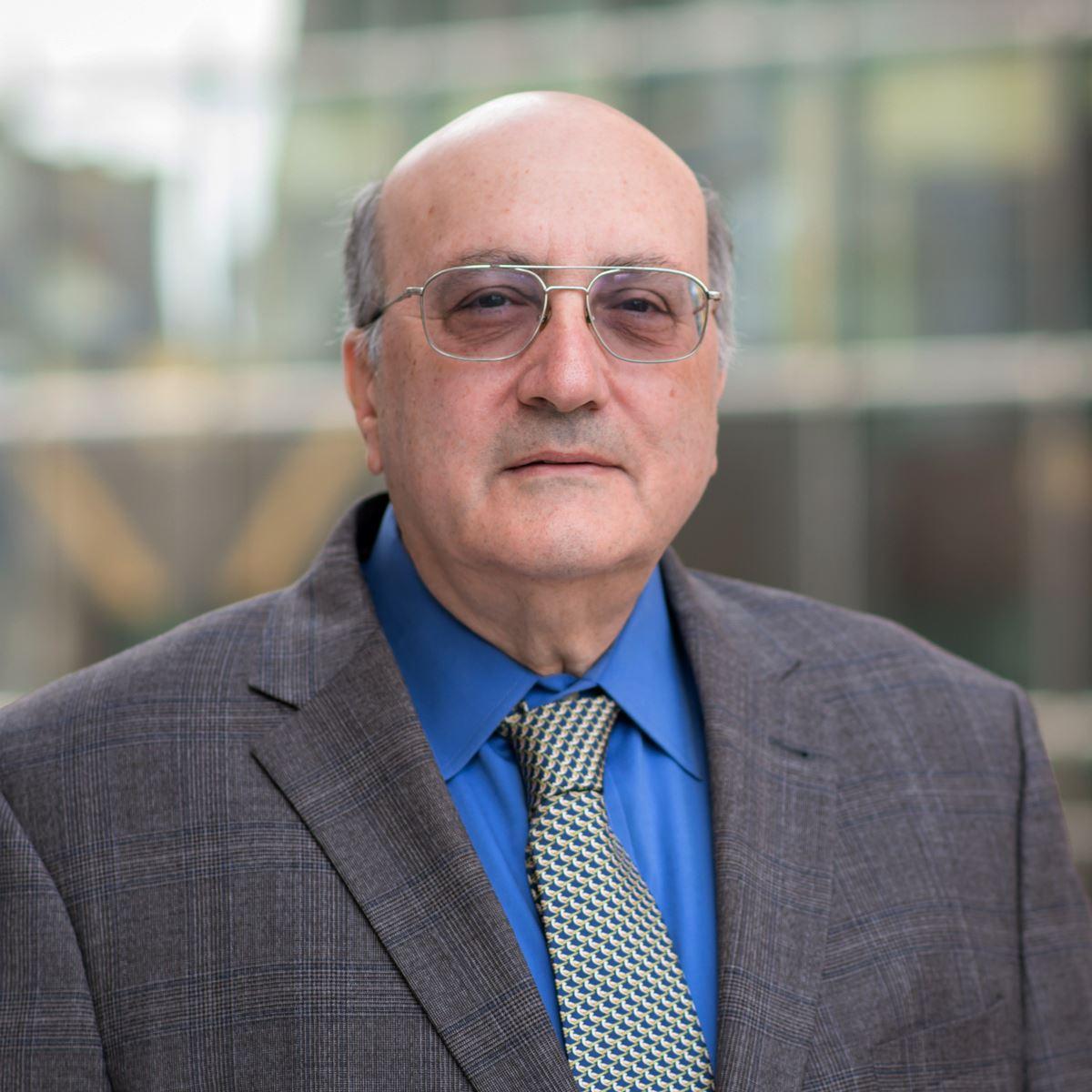What the Future Holds for the Energy-from-Waste Industry
The industry has come a long way from its origins in waste reduction. Today, modern energy-from-waste (EfW) or waste-to-energy (WTE) facilities in the United States convert approximately 13 percent of the nation’s waste at 77 operational locations, processing approximately 30 million tons of solid waste with a generation capacity in excess of 2,500 megawatts (MW). Modern EfW facilities have also improved with reduced air and water emissions, greater processing and energy recovery efficiencies, advanced metal recovery and other benefits for their communities.
The EfW industry will continue to advance through several trends:
- EfW facility expansions: Population growth along with the associated increase in solid waste generation are the main factors for EfW facility expansions. EfW has become more cost-effective as a renewable resource, as these facilities have been operational much longer than the original financing period of approximately 20 years. The renewable energy can also serve as an additional power source for public works and water treatment facilities, and with advancements in technologies, EfW facilities will also be able to increase their capacity factors and net electrical energy production.
- Innovations in combustion and boiler design: The initial generation of EfW plants built in the early 1980s was designed around low steam conditions (600 – 835 psi), which resulted in modest net electrical generation of combusted waste. Looking to the future, waste combustion boilers will likely be designed for higher steam conditions, which will result in an increase in net electrical generation rates. Advanced metallurgy and regularly scheduled boiler maintenance cycles will improve annual facility availability and allow future EfW facilities to generate 50 percent more electricity than the first-generation plants.
- Enhancements in metal recovery systems: EfW facilities are installing advanced metal recovery systems with recently developed new high-strength magnet technologies to maximize the recovery of ferrous and non-ferrous metals from the ash residue. The “fine” fraction of metals less than the standard 12 millimeters (0.47 inches) in size can now be recovered, leading to optimal metal recovery rates of 4 percent ferrous and 0.3 percent non-ferrous. The improved metal recovery system also means greater revenues to the EfW facility owner (potentially shared with the operator) as the recovered metals can be sold. Metal recovery also facilitates the opportunity to recycle portions of the EfW ash residue as construction aggregates in several beneficial processes. This future contribution to recycling will reduce the amount of processed waste requiring landfill disposal in a typical urban community and is a step closer to the elusive “zero waste” goal.
What’s next for the EfW Industry?
With these continued advancements, EfW facilities will be able to accomplish more than what they were originally designed to do. The ability to increase electrical production from the EfW facility will provide owners with a chance to capitalize by using it “behind the meter” or internally to power its potable water, wastewater and public works facilities.
Communities faced with the need to develop high-quality and energy-intensive alternative water supply sources may wish to explore co-locating their water treatment facilities with EfW facilities for shared benefits. As shown in the image above, an advanced wastewater treatment plant and potable water treatment facility in Florida has even gone completely off-grid by using an integrated EfW-water treatment system model. Recycling centers will also be integrated with EfW facilities to not only maximize the use of the renewable power source, but also process and upgrade recovered metals, ultimately leading to more advanced recycling of ash residues.
This synergistic approach to integrating several municipal processes to leverage shared benefits will lower the costs of EfW and serve as a viable alternative for solid waste disposal that historically has not been able to compete with other lower cost options, such as landfill disposal. Additionally, it will lead to community benefits in sustainability, energy recovery, resource management, waste reduction and development of alternative water supplies.
Permission to reproduce this article granted by the Florida Water Resources Journal.







